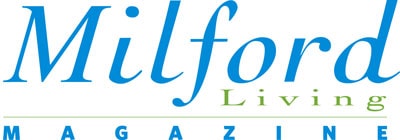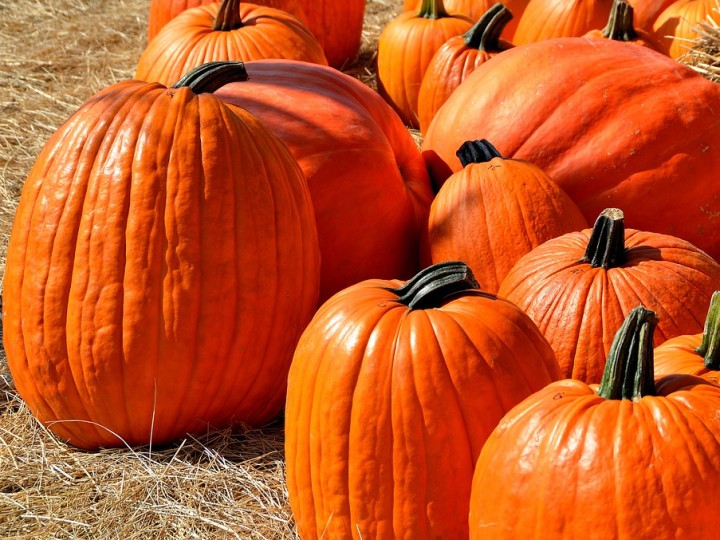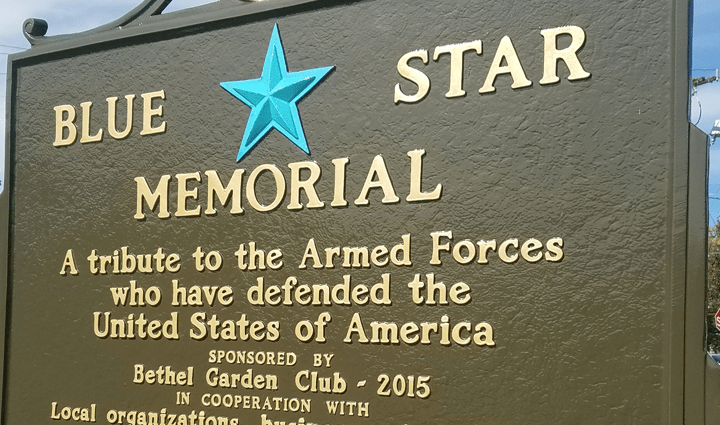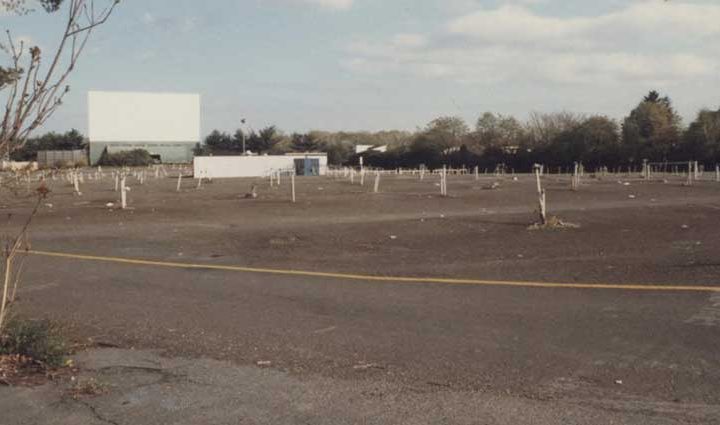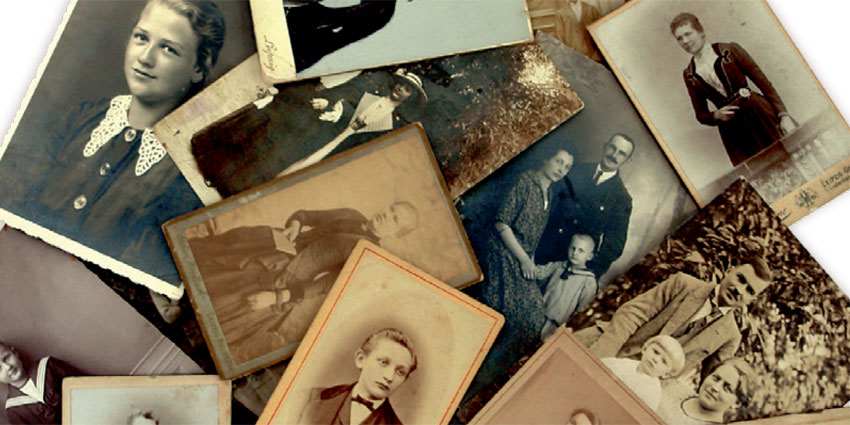
Tracing Your
Milford History
“If you could bring back an ancestor to talk to, who would it be and what would you ask them?” That’s a popular game genealogists play at family reunions.
But if that ancestor could be transported to the here and now, what would it be like for her or him? I imagine they would be amazed and bewildered by what they would see. My 40-year-old self did not foresee a day when she would pump gas into her car and pay for it by sliding a piece of plastic into a machine. One has to think of the magnitude of the change that has happened since our ancestors lived and breathed in Milford in the 1700’s. We can’t exactly put ourselves in our ancestors’ mindset, but using historical context is important in serious research.
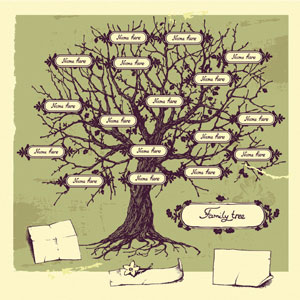 So, what’s it like to pursue the past through genealogy?
So, what’s it like to pursue the past through genealogy?
Our research goes in fits and starts. The “finds” are what keep us motivated. Once I found five generations of my family in one record. Another find was a man named Fowler Merwin Platt. We laughed at his having the three Milford surnames, but we were not at all surprised. A little over fifty families founded Milford in 1639. They were Puritans from Hertfordshire, England. Those who stayed in town intermarried, so this fellow is a Fowler, a Merwin, a Platt, and doubtless several more as well.
The settlers were buried in the garden of their minister, Peter Prudden, without permanent markers. In those days gravestones were thought to be a vanity. The earliest burial in Milford Cemetery was in 1642. At the time of the 250th anniversary of Milford, residents raised money to build the Memorial Bridge and engrave the names and dates of the first settlers and their wives. More names were added on a monolith for the 350th celebration. Connecting to these early Milford families might be the goal for some, but in truth, they are ancestors of all of us—blood ties or not—because they shaped the world we live in today.
Tracing your ancestors properly means starting with yourself and working back in time through documents, printed genealogies, diaries, land and probate records, and local histories. Check with your family to see what is already known and with printed genealogies so you don’t have to reinvent the wheel. Often an aunt or cousin is the family historian. There are also a number of good how-to books for beginners.
Here are some basic sources for Milford:
- Milford Public Library Genealogy Room has genealogies of Milford families, in particular Susan Woodruff Abbott’s (ital)Families of Early Milford. Also available are local histories, maps, high school yearbooks, and a surname index. You’ll also want to see Donald Lines Jacobus’ (ital)Families of Ancient New Haven and Families of Old Fairfield because Milford families intermarried with those families.
- The Library also has city directories in print or on microfilm and basic how-to genealogy books.
- Milford Cemetery is a great place to research. A map with a key is in a kiosk in the old section. Look for Morris Abbott’s book (ital)Milford Tombstone Inscriptions. The cemetery office has most of the cemetery records computerized.
- The Milford Historical Society has some records that can be accessed by appointment, but they also have many family artifacts and other items that relate to the early settlers.
When building your family genealogy, the difficult part is knowing how much credence to give a record. Even the U.S. Census was compiled by fallible humans, so there are mistakes. Much of the fun of genealogy is the detective work you do yourself, but if you hit a brick wall, an experienced genealogist may be able to help you.
Online resources like Ancestry.com have made much of the searching easier than ever before. Census records, birth and death certificates, passenger manifests, and church records from across the globe are added regularly. It’s a great resource but does not replace good old-fashioned detective work.
Records can turn up in unexpected places. We leave you with the “Dog Book” story.
Our friend Charles worked hard on his family tree. He read newspapers on microfilm and made trips to towns where his ancestors had lived. Once he was in a little town combing through vital records, land records, probate, and so forth. He was about to leave, when he saw a book down behind the safe. He asked the clerk if he could see it.
“Oh,” she said, “you don’t want to see that. That’s the dog book.”
Charles said that if he had come all this way, he wanted to be sure he had seen everything while he was there. So the clerk handed over the dog book. It was a record of which dogs had killed chickens and whether the fine had been paid. Charles’s ancestor’s name was there, and the dog’s name was Elijah.
Genealogy is the hobby where every answer leads to two more questions. As we say, keep looking up!
—Jane and Dick Platt
